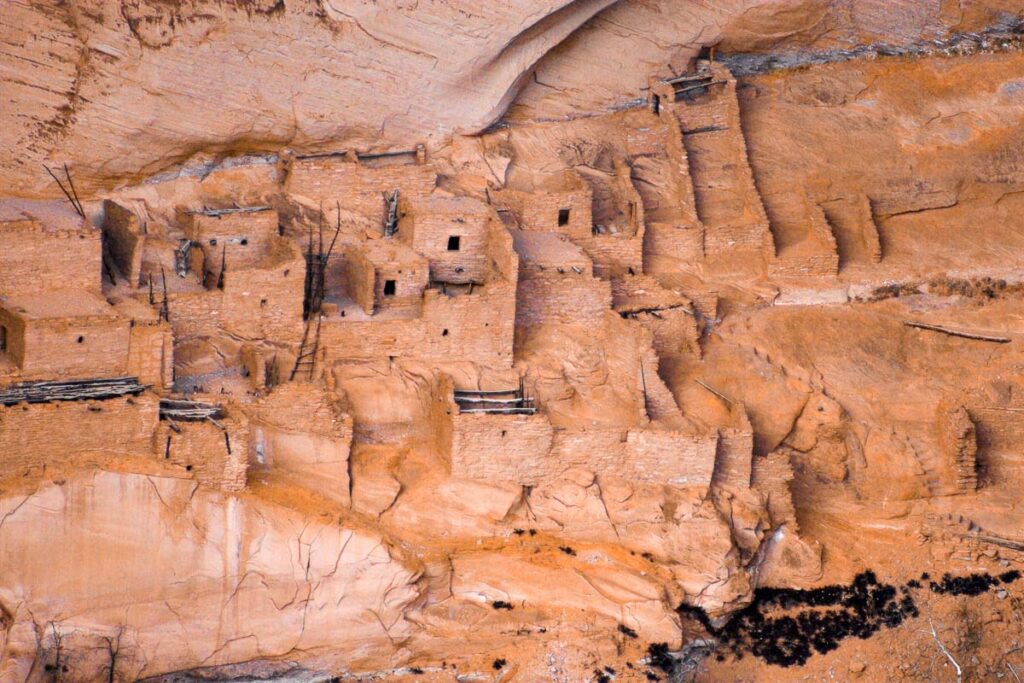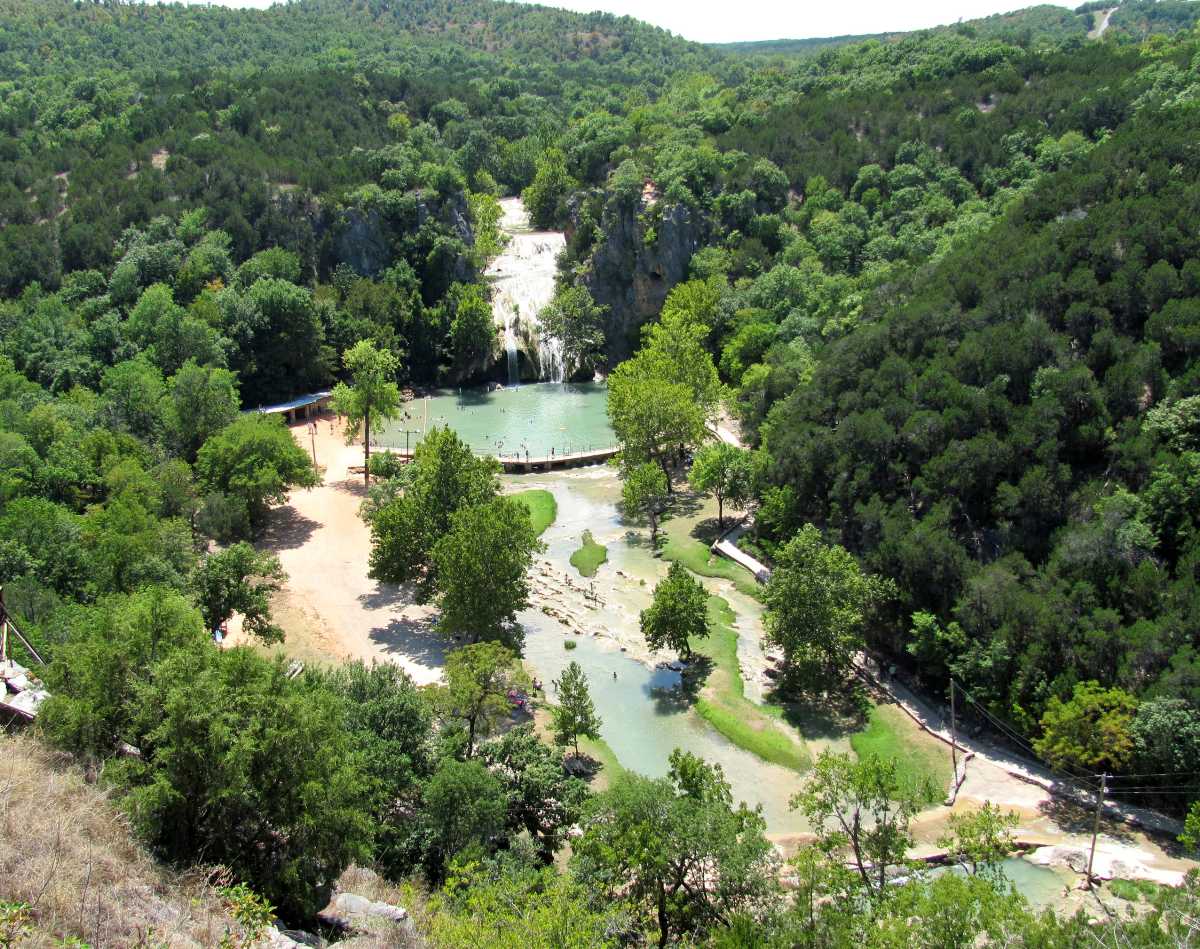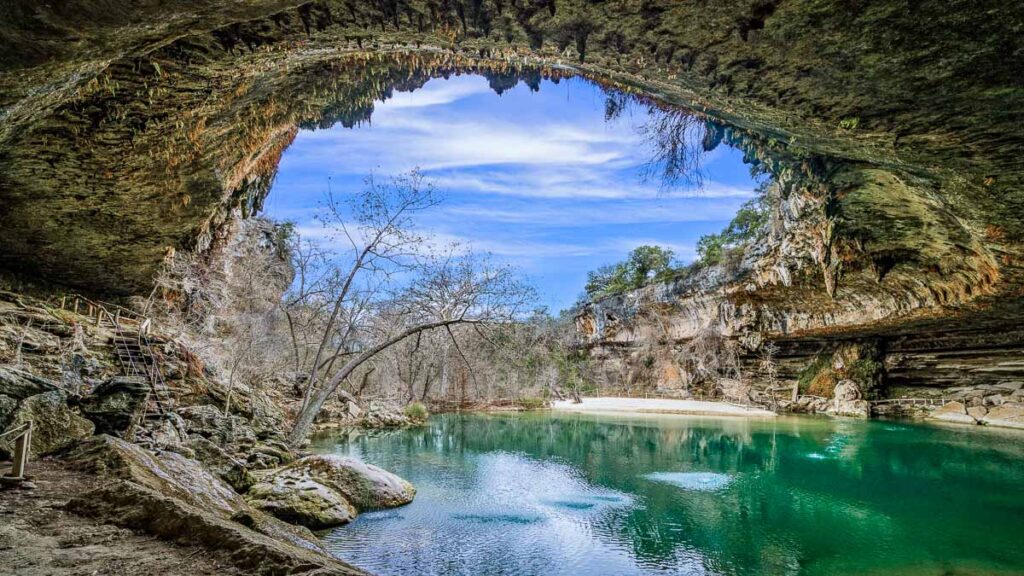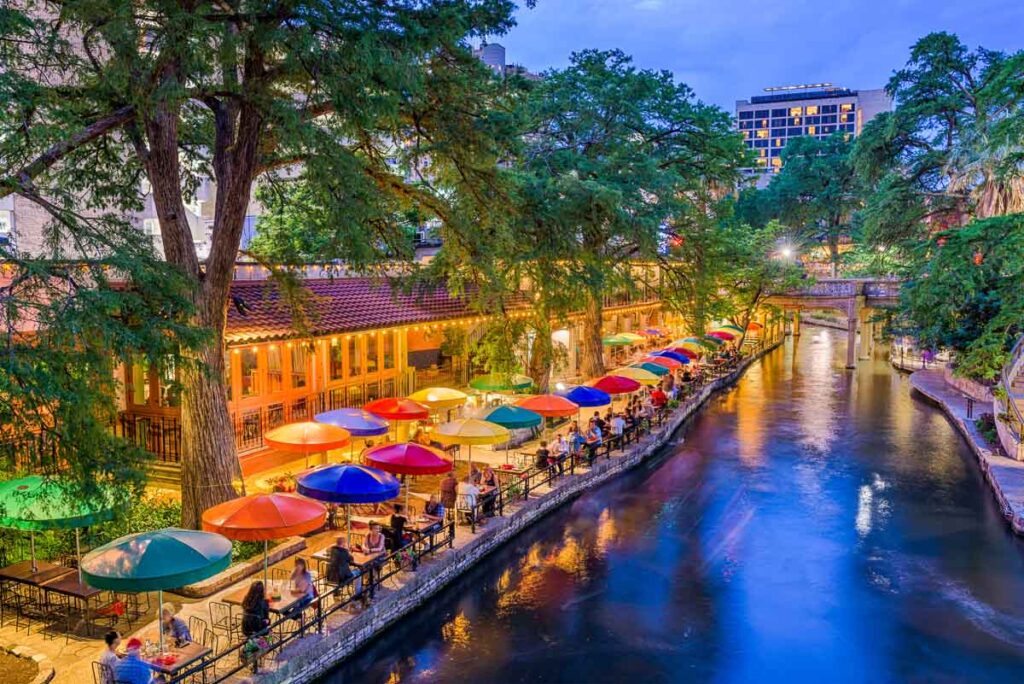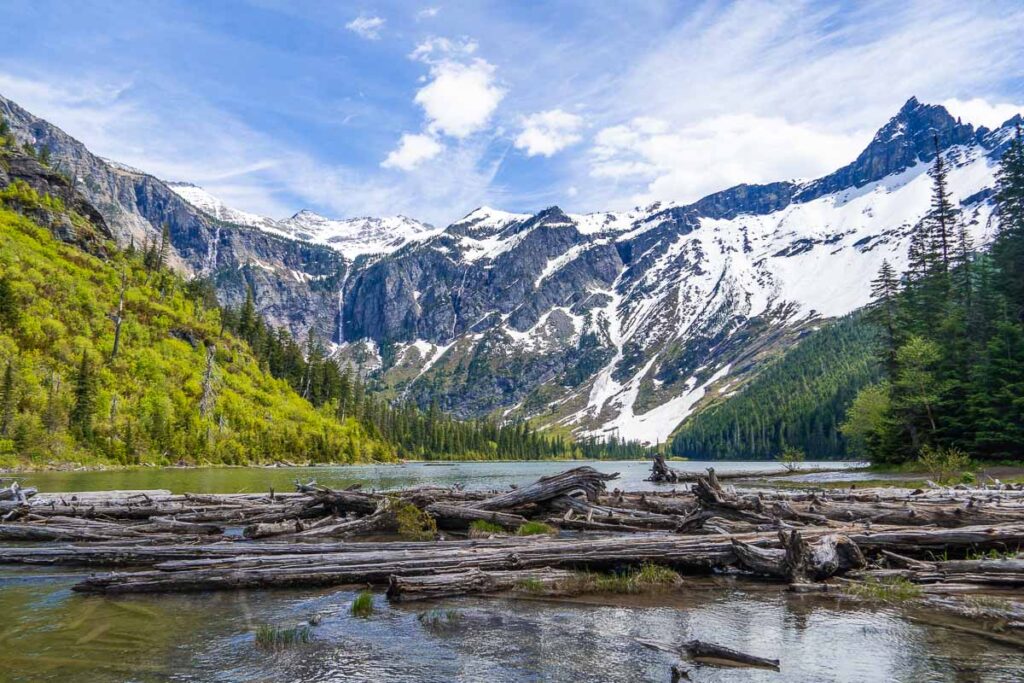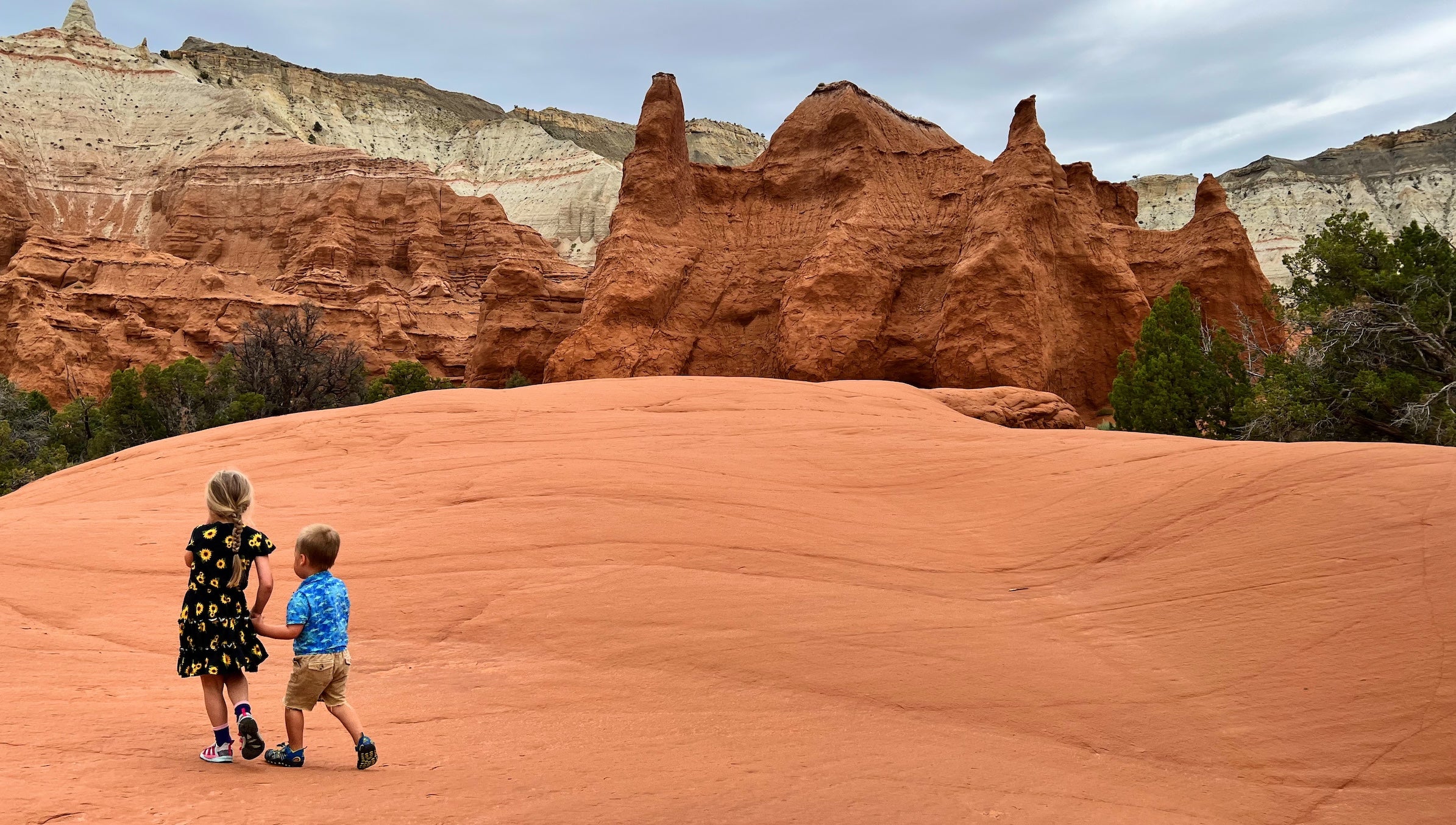Arizona’s public lands buzz with well over 10 million visits every year, drawing explorers to deserts, canyons, volcanoes, and ancient ruins . Based on the latest National Park Service data (2024) compiled by Day Trip Nomad and NPS, here are twelve must-see destinations, ranked by recent visitor counts and unique appeal.
1. Grand Canyon National Park
≈ 4.73 million visitors
Still the crown jewel, Grand Canyon draws nearly 5 million annual visitors. Stretching 277 miles across northern Arizona and plunging over a mile deep, it’s a geological marvel. Don’t miss the Bright Angel and South Kaibab trails, or soar above it via helicopter or shuttle .
2. Saguaro National Park
≈ 1.01 million visitors (2023)
Surrounding Tucson, this park safeguards the iconic saguaro cactus in two districts: Rincon Mountains and Tucson Mountains. Together they offer over 165 miles of trails, scenic drives, guided programs, and petroglyphs—plus sunset magic through cactus silhouettes .
3. Lake Mead National Recreation Area
≈ 1.45 million visitors
Shared with Nevada, Lake Mead’s recreation area ranks just behind Grand Canyon. It features massive reservoir shores, boating, kayaking, and desert hikes—an oasis in the desert created by Hoover Dam.
4. Petrified Forest National Park
≈ 645,000 (2018)
Renowned for its multicolored fossil trees from the Triassic era, this northeastern Arizona destination also showcases badlands, petroglyphs, and a design-conscious visitor center by Richard Neutra. Desert hikes into wilderness areas offer serenity and ancient history.
5. Canyon de Chelly National Monument
≈ 439,000 (2018)
On Navajo land, this deep canyon system has been continuously inhabited for over 5,000 years. Ruins nestle in sheer cliff faces. Visitors often go with authorized Navajo guides into the canyon floor.
6. Montezuma Castle National Monument
≈ 390,000 (2018)
Ancestral Sinagua cliff dwellings still stand five stories high—remarkably preserved. The monument offers paved trails and interpretive exhibits near Camp Verde.
7. Organ Pipe Cactus National Monument
≈ 260,000 (2018)
A UNESCO biosphere site on the Mexican border, it hosts rare organ pipe cactus and a vast Sonoran Desert landscape. Wilderness roads, scenic loops, and night sky viewing are major draws.
8. Sunset Crater Volcano National Monument
≈ 105,000 (2018)
The youngest cinder cone near Flagstaff erupted ~950 years ago. A self-guided loop leads around the cone base; hiking atop is restricted due to erosion. Still recovering from recent wildfires, the area shows volcanic landscapes and renewal.
9–12. Emerging Favorites
While less-visited (under 100,000/year as of 2018 data), these four are often included in top-21 lists :
- Wupatki National Monument: Celebrated its centennial in 2024, rising visitor interest in Pueblo ruins and desert scenery.
- Walnut Canyon National Monument: Rim-edge cliff dwellings near Flagstaff.
- Chiricahua National Monument: Dramatic “sky island” hoodoos and balanced rock formations.
- Casa Grande Ruins National Monument: Remnants of Hohokam apartment-like communal structures.
Visitor Trends & Economic Impact
- National Park Service visitation across all 433 units reached a record 331.9 million in 2024—a 2 % jump from 2023.
- Arizona sites alone drew over 10 million visitors in 2024 .
- These areas fuel nearly USD 2 billion annually into Arizona’s economy, spanning lodging, dining, retail, and conservation-driven tourism.
Why These Twelve Stand Out
- Grand Canyon remains a global icon thanks to its scale and accessibility.
- Desert marvels like Saguaro and Organ Pipe showcase unique cactus species and landscapes.
- Ancient ruins at Montezuma Castle, Canyon de Chelly, and Wupatki offer insight into centuries-old cultures.
- Geologic wonders from colorful petrified trees to volcanic cones bring diversity to the visitor experience.
Planning Tips
- Best times: Shoulder seasons (spring, autumn) offer milder conditions and thinner crowds. Summer brings extreme heat in desert parks.
- Permits guide experience: Canyon de Chelly requires a Navajo-led tour; Sunrise sunset trails at Saguaro and guided hikes at Petrified Forest enrich trips.
- Stay informed: Wildfires and weather can close trails—check NPS sites before visiting.
- Support conservation: Park-based conservancies like Grand Canyon Conservancy fund historic, research, and preservation efforts.
Final Thoughts
Whether you’re gazing down from thousand-foot canyon rims, stargazing among towering cacti, or walking through homes carved into cliffs, Arizona’s federal parks and monuments deliver awe-filled, one-of-a-kind experiences. Their blend of scale, history, biology, and geology explains why millions keep returning—making them not just popular, but endlessly compelling.
